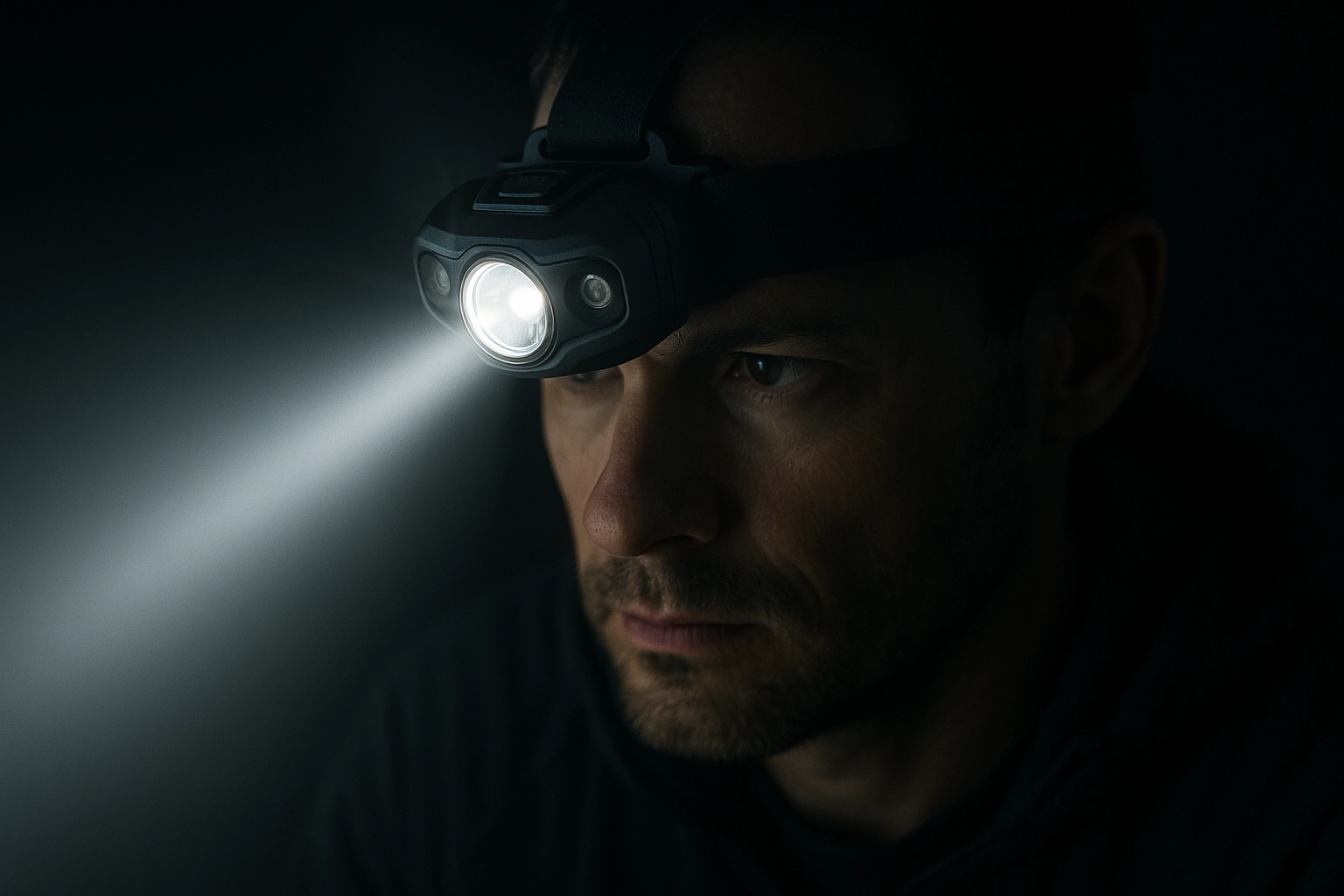ISO 4892-2 – UV Weathering Resistance Testing for Headlamp Materials
The ISO 4892-2 standard is pivotal in the automotive industry, particularly for the evaluation of headlamp materials subjected to ultraviolet (UV) radiation. This test ensures that the components of a vehicle’s lighting system remain durable and reliable over their expected lifespan under real-world exposure conditions.
The process involves exposing samples to controlled UV light sources, simulating sunlight and environmental factors such as temperature variations and humidity. The goal is to assess how these environmental stresses affect the physical properties and appearance of materials used in headlamps. This includes evaluating color changes, loss of gloss, and potential brittleness or cracking.
Understanding the UV weathering resistance of headlamp materials is critical for ensuring that vehicles meet stringent safety and performance standards set by regulatory bodies such as the European Union’s New European Driving Cycle (NEDC) and the U.S. National Highway Traffic Safety Administration (NHTSA).
The testing procedure is not only important for new material development but also for ongoing quality control, ensuring that suppliers consistently meet the required durability standards.
Customer Impact and Satisfaction
- Improved product reliability: Ensures that headlamp materials withstand environmental stresses without degradation, enhancing overall vehicle safety.
- Enhanced customer trust: Demonstrates a commitment to quality and compliance with international standards, fostering long-term customer relationships.
- Increased competitive advantage: By offering more durable products, manufacturers can differentiate themselves in the market and potentially charge premium prices for their offerings.
Competitive Advantage and Market Impact
The ability to accurately predict how headlamp materials will perform under real-world conditions provides a significant competitive edge. Companies that can demonstrate compliance with ISO standards are more likely to secure contracts from major automotive manufacturers who prioritize safety and sustainability.
In the context of global market trends, there is an increasing demand for sustainable automotive components. By ensuring that headlamp materials meet stringent UV weathering resistance tests, companies can position themselves as leaders in environmentally responsible manufacturing practices.
Use Cases and Application Examples
- Evaluating the durability of polymeric materials used in headlamp lenses.
- Assessing the impact of UV exposure on reflective coatings in headlights.
- Determining the colorfastness and gloss retention of paint finishes applied to headlamps.
| Use Case | Description |
|---|---|
| Evaluating the durability of polymeric materials used in headlamp lenses. | This involves exposing samples to UV radiation and monitoring changes over time. The aim is to determine how quickly the material degrades, which helps in selecting more durable options for production. |
| Assessing the impact of UV exposure on reflective coatings in headlights. | This test focuses on the durability and reflectivity of coatings. It is crucial to ensure that headlights remain effective, even after prolonged exposure to sunlight. |
| Determining the colorfastness and gloss retention of paint finishes applied to headlamps. | This case examines how well the paint holds its color and sheen over time. It is essential for maintaining the aesthetic appeal of vehicles, especially in regions with high UV exposure. |





